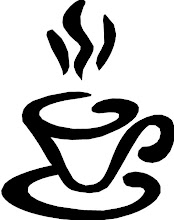
Kebaya is originated from Arab region;[1] the Arabic word Kaba means clothing. The name of Kebaya as a particular clothing type was introduced by the Portuguese when they landed on Southeast Asia. Kebaya is associated with a type of blouse worn by Indonesian women in 15th or 16th century.
The earliest form of Kebaya was first came from the north of the Indonesian archipelago. The clothing type began to spread to Malacca, Java, Bali, Sumatra, Borneo and Sulawesi. After hundred years of acculturation, the garments have become adjusted to local customs and culture.
Prior 1600, kebaya on Java island were considered as a sacred clothing to be worn only by members of the Javanese monarchy. During Dutch colonization of the island, European women began wearing kebaya as formal dress. During this period, kebaya, that was originally made from mori fabric, were modified with silk embroidered with colorful patterns.
In Malacca region, a different variety of kebaya is called "nyonya kebaya" wore by the Peranakan people. Nyonya kebaya dress consists of a kebaya completed with a sarong and beaded shoes (kasut manek). The nyonya kebaya gains its popularity that the dress is worn also by non-Asian people.
Apart from traditional kebaya, fashion designers are looking into ways of modifying the design and making kebaya a more fashionable outfit. Casual designed kebaya can even be worn with jeans or skirts. For weddings or formal events, many designers are exploring other types of fine fabrics like laces to create a bridal kebaya.
The kebaya silhoutte gives emphasis to a womanly figure and that is the beauty of this ethnic wear.
kebaya Souvenir available here http://www.kebayas.com
source from wikipedia..


